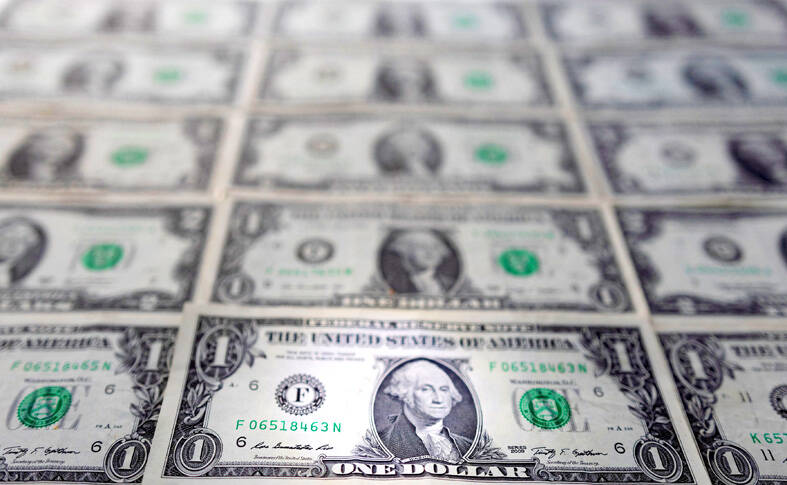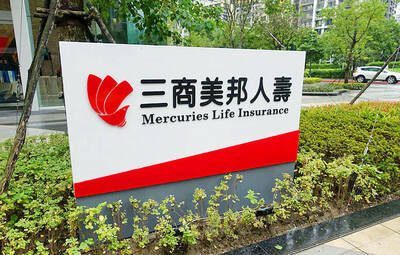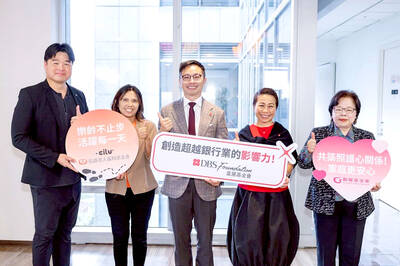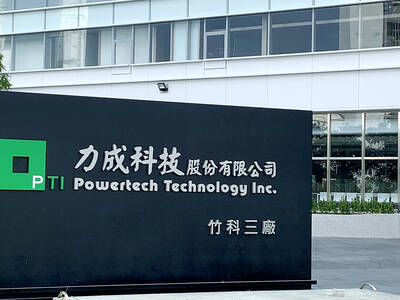The US dollar strengthened on Friday after data showed an increase in jobs in the world’s largest economy last month, suggesting that the US Federal Reserve might have to raise interest rates next month.
Prior to the jobs report, the rate futures market had been betting that the Fed would pause at next month’s policy meeting. The market has now priced in a 70 percent chance the Fed would raise interest rates by 25 basis points, although multiple rate cuts have also been factored in by the end of the year.
Friday’s data showed US nonfarm payrolls increased by 236,000 last month, in line with forecasts of 239,000.

Photo: Reuters
Data for February was revised higher to show 326,000 jobs were added instead of 311,000 as previously reported.
The unemployment rate fell to 3.5 percent from 3.6 percent in February, while average hourly earnings, which reflect wage inflation, rose 0.3 percent last month after gaining 0.2 percent in February.
“Federal Reserve officials are likely to continue delivering their higher-for-longer message in the run-up to the May policy meeting, supporting expectations for a final rate hike and putting a floor under the dollar,” said Karl Schamotta, chief market strategist at Corpay in Toronto.
“That said, recent data would suggest that the economic risk backdrop is turning more negative; if inflation and retail sales numbers disappoint in coming weeks, all bets are off,” he added.
Liquidity thinned in the hours following the release of the jobs number ahead of the Easter weekend.
The US dollar index rose 0.27 percent to 102.10, but shrank 0.4 percent from a week earlier.
The New Taiwan dollar rose against the US dollar, gaining NT$0.082 to close at NT$30.446, an increase of 0.03 percent from NT$30.454 a week earlier.
Against the yen, the dollar closed up 0.29 percent at ¥132.17 yen, while the euro was 0.13 percent weaker at US$1.0908.
Sterling also fell against the US dollar, down 0.15 percent at US$1.2419.
Analysts said that while the jobs report showed strong gains, there are sectors that have seen moderate declines, specifically the manufacturing and construction industries.
“[This] should be an encouraging sign to the Fed some effects of monetary policy are starting to take hold,” said Charlie Ripley, senior investment strategist at Allianz Investment Management in Minneapolis.
Additional reporting by CNA with staff writer

Mercuries Life Insurance Co (三商美邦人壽) shares surged to a seven-month high this week after local media reported that E.Sun Financial Holding Co (玉山金控) had outbid CTBC Financial Holding Co (中信金控) in the financially strained insurer’s ongoing sale process. Shares of the mid-sized life insurer climbed 5.8 percent this week to NT$6.72, extending a nearly 18 percent rally over the past month, as investors bet on the likelihood of an impending takeover. The final round of bidding closed on Thursday, marking a critical step in the 32-year-old insurer’s search for a buyer after years of struggling to meet capital adequacy requirements. Local media reports

US sports leagues rushed to get in on the multi-billion US dollar bonanza of legalized betting, but the arrest of an National Basketball Association (NBA) coach and player in two sprawling US federal investigations show the potential cost of partnering with the gambling industry. Portland Trail Blazers coach Chauncey Billups, a former Detroit Pistons star and an NBA Hall of Famer, was arrested for his alleged role in rigged illegal poker games that prosecutors say were tied to Mafia crime families. Miami Heat guard Terry Rozier was charged with manipulating his play for the benefit of bettors and former NBA player and

The DBS Foundation yesterday announced the launch of two flagship programs, “Silver Motion” and “Happier Caregiver, Healthier Seniors,” in partnership with CCILU Ltd, Hondao Senior Citizens’ Welfare Foundation and the Garden of Hope Foundation to help Taiwan face the challenges of a rapidly aging population. The foundation said it would invest S$4.91 million (US$3.8 million) over three years to foster inclusion and resilience in an aging society. “Aging may bring challenges, but it also brings opportunities. With many Asian markets rapidly becoming super-aged, the DBS Foundation is working with a regional ecosystem of like-minded partners across the private, public and people sectors

BREAKTHROUGH TECH: Powertech expects its fan-out PLP system to become mainstream, saying it can offer three-times greater production throughput Chip packaging service provider Powertech Technology Inc (力成科技) plans to more than double its capital expenditures next year to more than NT$40 billion (US$1.31 billion) as demand for its new panel-level packaging (PLP) technology, primarily used in chips for artificial intelligence (AI) applications, has greatly exceeded what it can supply. A significant portion of the budget, about US$1 billion, would be earmarked for fan-out PLP technology, Powertech told investors yesterday. Its heavy investment in fan-out PLP technology over the past 10 years is expected to bear fruit in 2027 after the technology enters volume production, it said, adding that the tech would